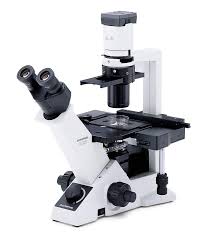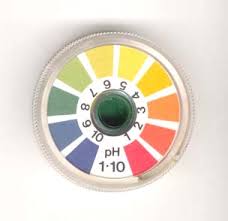
Five years ago, I purchased a phase contrast microscope for our hygiene department. My intention was not to become a microbiologist but to observe and identify live samples of the bacterial activity occurring in our patients’ mouths. I was particularly interested in the subgingival areas (below the gum level) where it’s difficult to clean with regular brushing and flossing.
Under normal, healthy conditions, our microscopic slides show acceptable level of bacteria, such as rods, cocci, vibrios, white blood cells, and a few red blood cells. Compromised situations in our patients’ health usually reveal a different picture. These slides show a high level of bacterial activity. The bacteria, especially the rods and spirochetes, are responsible for the bleeding and destruction of your periodontal pockets.
When the oral cavity begins to break down with the presence of inflammation and disease, the tooth and body connection concept reminds me that this is a local event occurring in response to a more serious systemic complication.
The information that I discovered about the biological effects of oral spirochetes was alarming. These long, slender, thin, corkscrew shaped microbes are found in the oral cavity in various numbers and forms. They have been strongly implicated as playing a role in the etiology of periodontal disease.
If these microorganisms are discovered, irrigation of the tissue with a bactericidal agent should be employed prior to any dental treatment to avoid causing a bacteremia (bacteria circulating throughout the blood stream). These include diluted bleach, chlorohexidine, or a product that I like to use in our office called Tooth and Gum Tonic which consists of botanical anti-microbials. All of these will kill any active pathogenic organisms.
Antibiotics do not eliminate oral spirochetes as in other spirochetal diseases. Antibiotics only force the spirochetes into a more protected spore form thus triggering a survival strategy that allows them to resurface at a later date.
Even more dangerous are long term exposures to spirochetes. Long term exposure can develop into systemic chronic inflammatory diseases that catch up with people during later, more vulnerable, years. Oral spirochetes associated with chronic conditions are similar to those found in syphilis, Lyme disease and atherosclerotic heart disease. Another spirochete that is thought to populate the gingival sulcus is Helicobacter pylori which is the bacteria that causes stomach ulcers and cancer.
Most spirochetes are free-living and anaerobic. Therefore, they flourish in an environment that supports this condition. Acidosis (an acidic condition of the body) which reduces available oxygen to the cells can contribute to the increased presence of this bacteria.
The only way to fight the disease when it reaches this stage is to keep the immune system strong b y practicing good oral hygiene, physical health, proper nutrition, and appropriately handling chronic stress. My personal experience has taught me to provide a microscopic evaluation of the saliva when its pH is measured below 6.5. At this level, spirochetal activity is often observed.
y practicing good oral hygiene, physical health, proper nutrition, and appropriately handling chronic stress. My personal experience has taught me to provide a microscopic evaluation of the saliva when its pH is measured below 6.5. At this level, spirochetal activity is often observed.
Biological dentistry has shown that not only the mouth needs to be treated but that the entire body also needs the appropriate attention to support and maintain one’s overall health and well being. If oral spirochetes are detected during an examination, appropriate measures will be taken to avoid this insidious bacterium from causing any further ill effects to our patients.
Introducing the phase contrast microscope’s real time visual images to our patients, of their own saliva, during their regular checkups has made a significant contribution to both their understanding of the impact of spirochetes and their motivation to maintain a healthy oral environment. A periodic microscopic evaluation should be the norm during regular checkups.
We offer this examination to our patients once a year and at no charge. It provides a quick, easy and painless evaluation of oral bacteria and offers immediate feedback before the patient leaves the office. It has become an excellent patient motivator to promote healthy lifestyle changes when needed.


4 comments:
This makes a lot of sense, and fits with my personal experience. Do you know anyone in the SF Bay Area who would work w/ this?
or in the Sarasota, Florida area?
Hi Doctor, Does your office sell the tooth and gum tonic? Any periodontist you would recommend in Hartford, CT area? MJ
Help needed in Kingman I have Morgellons and I am sure that spirochetes is in my mouth. I sm looking a natural way to fight this terrible disease before I have surgery in November.
Post a Comment